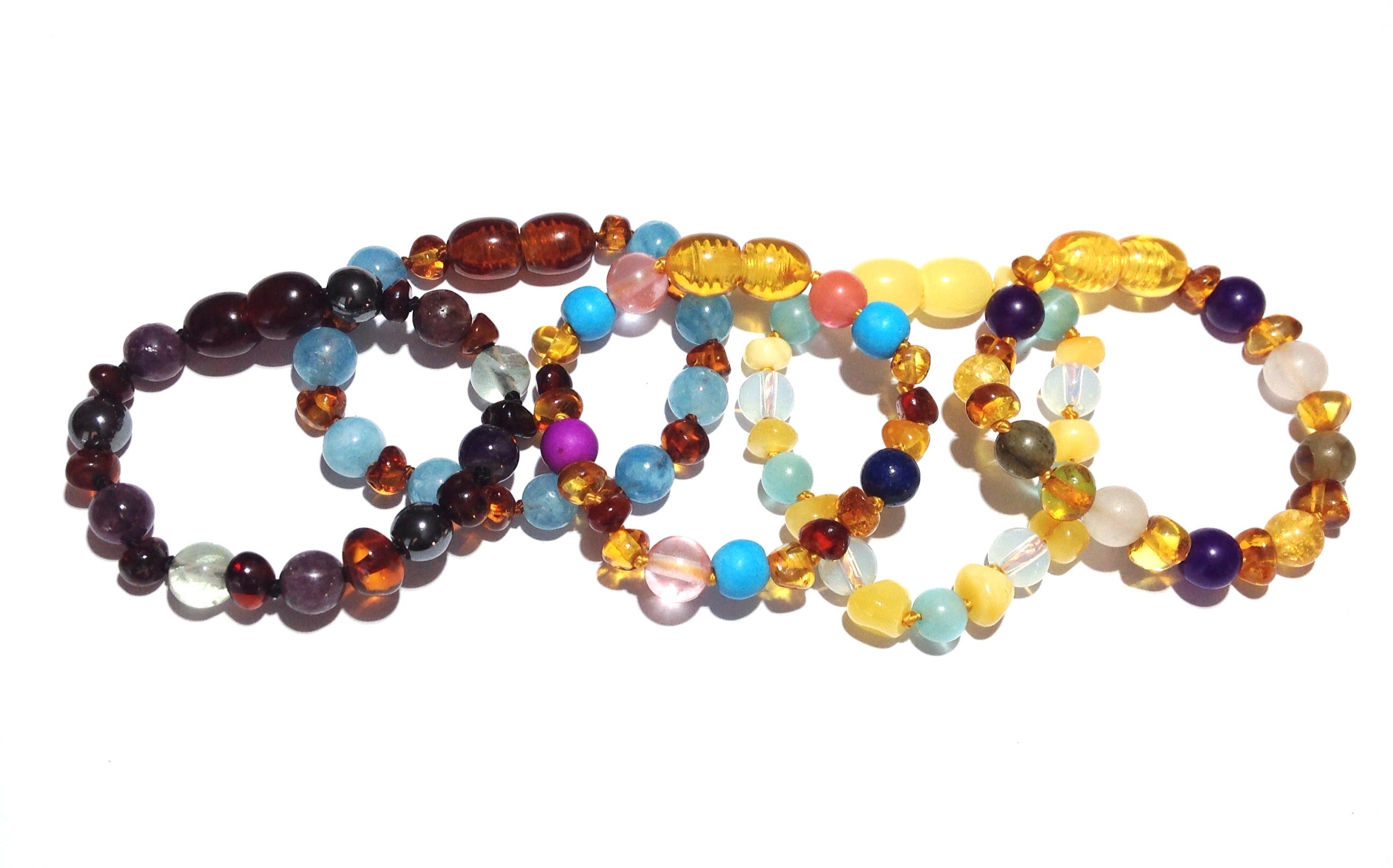Recharging Your Gemstones In The Sun

Crystals That Can Be Damaged In The Sun Updated 2025
Here are some of the stones that should be kept for only a short time in the sun with partial shade, if at all, for a quick five-minute charge. Or better yet, charge them under the full moon, even if it’s cloudy.
- Amegreen - The colour will fade when in the sun too long. Made up of amethyst and prasiolite (green amethyst)
- Amethyst - A member of the quartz family. Colour will fade in the sun since the colour comes from the iron in it.
- Ametrine - The colour will fade when in sun too long. Made up of amethyst and citrine.
- Apatite - The colour will fade in the sun.
- Apophyllite - Can become brittle in the sun and colour can fade.
- Aquamarine - Direct sunlight will fade the blue to white if kept too long.
- Auralite 23 - Primarily composed of amethyst, so it can fade.
- Aventurine - A member of the quartz family and can fade in colour.
- Beryl - Can fade and get brittle in the sun.
- Calcite - Can fade and get brittle in the sun.
- Celestite - The blue will turn to white in the sun and get brittle and possibly break.
- Chrysoprase - A member of the quartz family, it’s a green chalcedony, and it can fade or get brittle and crack.
- Citrine - Since it’s a form of quartz, it will fade to a clear colour within 4 hours in the sun
- Clear Quartz - Can only withstand about 2 hours in the sun. Can get brittle and crack or break.
- Fluorite - No more than 15 minutes in the sun. Gets very hot.
- Hiddenite - The colour will fade.
- Kunzite - Will fade to white if kept in the sun too long.
- Opal - Will lose its colour in the sun. But okay in water.
- Prasiolite - This is a green amethyst, and the colour will fade.
- Rose Quartz - Will fade in colour in the sun and turn white.
- Sapphire - Will lose whatever colour sapphire it is.
- Spirit Quartz - Will fade in colour and clusters could ignite if in the sun too long.
- Smoky Quartz - Loses its colour to become grey or brown
- Super Seven - Will fade in colour.
- Topaz - The colour will fade when kept in sun for more than 8 hours. A yellow topaz will turn brown and a deeper color topaz will turn maroon.
- Turquoise - Colour can fade in the sun, also be careful with time in water.
Crystals That Are OK In The Sun
There are some crystals that won't fade in the sun when charging for a few hours, but be mindful of crystals with faceted points in clusters because they can heat up and ignite a fire. And some crystals when left too long will get brittle and crack or break.
It is best to have partial shade when leaving your crystals in the sun. Below are some of the crystals that are safe in the sun for a few hours of charging and won’t fade.
- Amber - Don't leave in the hot sun for too long as it can become soft and then brittle when it cools.
- Black Obsidian - The colour won’t fade because of its dark colour and it’s actually a glassy volcanic rock.
- Black Onyx - The colour is dark and won’t fade.
- Carnelian - The orange stones are generally ok in the sun.
- Howlite - No pigment colour to fade.
- Jade
- Labradorite
- Lapis Lazuli
- Moonstone - Usually charged under the moon, but when charged in the sun it can be balanced with masculine-feminine energy.
- Morganite
- Malachite
- Sunstone - Orange stones are generally ok in the sun.
- Tourmaline
To determine what crystals should not be in the sun is to observe the transparency of your crystals. Most crystals that are transparent or semi-transparent should not be exposed to sunlight as they are prone to their colours fading or the crystals cracking with the heat and light exposure.
Just like there are a variety of crystals with numerous healing powers and qualities to them, the amount of time crystals can be exposed to sunlight varies too.
Above is a brief list of what crystals should not be in the sun, but make sure to do your own research on what other crystals can or cannot be exposed to light. Some transparent crystals can only be exposed to sunlight for 5 minutes while others will be safe with exposure up to 30 minutes.